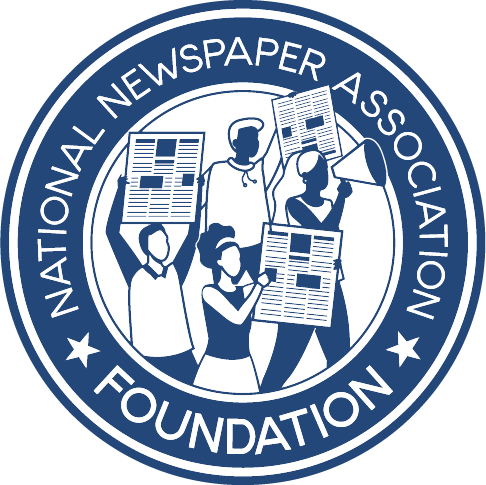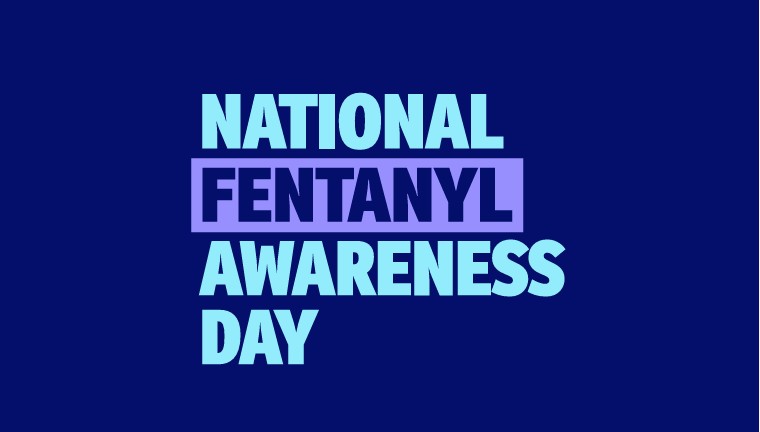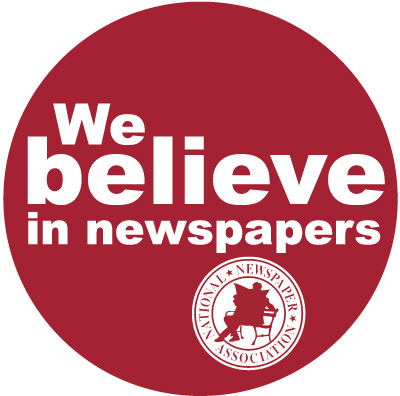Newspapers need to explain 'how we work'
Al Cross
Mar 1, 2019

Newspapers cover almost every imaginable topic, but when it comes to understanding and explaining their role in society, many community newspapers fall short.
Newspapers keep doing business and journalism pretty much like they always have, with digital media as a sideline because it doesn’t result in much money. Newspapers' presence on social media is often desultory and uninspired, even though social media has become the dominant form of mass communication.
Those newspapers are disengaged from their audiences — or perhaps we should say their former audiences and their potential audiences — at a time when they need to be more engaged than ever. There’s a war on journalism in America, and it’s not just being waged in Washington, D.C.
Today’s media maelstrom has left much of the audience uncertain about what a newspaper is, or what it is supposed to be. Newspapers need to explain that clearly and consistently, through all available forms of media (more on those later).
At a time when Americans are more dubious than ever about sources of information, newspapers remain the primary finders of fact. But for some reason, they have been bashful about making that their brand, or even thinking of themselves as having a brand.
What is our brand? At last month’s Ohio News Media Association convention, I said it can be built around three Rs: reliable, relevant information delivered responsibly. The third R most needs explanation.
When I was first learning journalism and the news business, one newspaper I read regularly ran a standing box on its editorial page. “Daily news platform” told readers what the paper stood for. It’s been a long time since I saw such a device, but it’s time to bring it back, in a different way.
If I were running a newspaper today, its home page would have a button labeled “How we work.” It would take readers to a page explaining the paper’s purpose and the ways it tries to achieve it. Shorter versions of it would run in print every day, usually on the editorial page.
“How we work” would start by explaining the different forms of information media to help readers understand the different and special roles that newspapers play in our society and the challenges they face. Here’s the version I offered in Ohio:
This is a newspaper. It reports facts. To do that, we verify information, or we attribute it to someone else. That is called the discipline of verification, and it is the essence of a craft called journalism, which you find in news media.
There are two other types of media: social media, which have no discipline, much less verification; and strategic media, which try to sell you something: goods, services, ideas, politicians, causes, beliefs, etc.
Newspapers once relied on one form of strategic media, advertising, for most of its income. Today, social media like Facebook and Twitter get more of the ad money, so newspapers must get more income from the only other reliable place they can get it — its readers, in the form of subscriptions or single-copy sales.
As you might guess, we prefer subscribers, so we hope to earn your respect and loyalty.
How do we do that? By being honest and straightforward about our business.
That means we must separate fact from opinion, reserving our own views for the editorial page. Of course, our views have some influence over what news we choose to cover, so if you think we’re not covering what should be covered or have failed to separate fact from opinion or make another mistake, we want you to tell us. You can do that privately or publicly in the form of a letter to the editor. If you raise an important issue that we think needs wider perspective, we may invite you to join us in a discussion on social media and perhaps bring that discussion into the newspaper itself.
We want to hear from you. We are in the business of holding others accountable, so we must be accountable to you.
Accountable journalism is necessary if our democratic republic is to function the way the Founding Fathers intended. That’s why they put the First Amendment in the Constitution. It gives us great freedom, but with that freedom comes a great responsibility. If you think we are not living up to that legacy, please tell us.
That’s fewer than 350 words — about the length of a little-longer-than-usual letter to the editor in most papers. We need more letters from the editor, not just statements of general principle, but explanations of how and why we do certain things. If we demand transparency from officials and institutions, we must practice it ourselves. And build our brand at the same time.
One good example came from Brian Hunt, publisher of the Walla Walla (Washington) Union-Bulletin in a column he wrote in May 2017 titled “Community
Journalism in the era of fake news.” We excerpted it on The Rural Blog; you can read it at https://bit.ly/2sQtB5k. Hunt’s best passage gave examples of the extreme without being judgmental:
"I’ve been challenged on why we include people of color in our newspaper. I’ve heard from readers who question why, when two-thirds of our region voted for Trump, the U-B would ever publish anything remotely critical of his presidency. I learn things in these conversations. Most notably, the people I speak with are not unaccomplished, not unintelligent, not uncaring. We know these people. You know these people. Fake news and the isolated intolerance that can feed it gets to us all."
After the column ran, Hunt said the paper got fewer calls, and fewer subscription stops, complaining about bias in the paper. Good journalism is good business, especially when you explain it.
Al Cross edited and managed rural newspapers before covering politics for the Louisville Courier Journal and serving as president of the Society of Professional Journalists. He is a journalism professor at the University of Kentucky and director of its Institute for Rural Journalism and Community Issues, which publishes The Rural Blog at http://irjci.blogspot.com.









